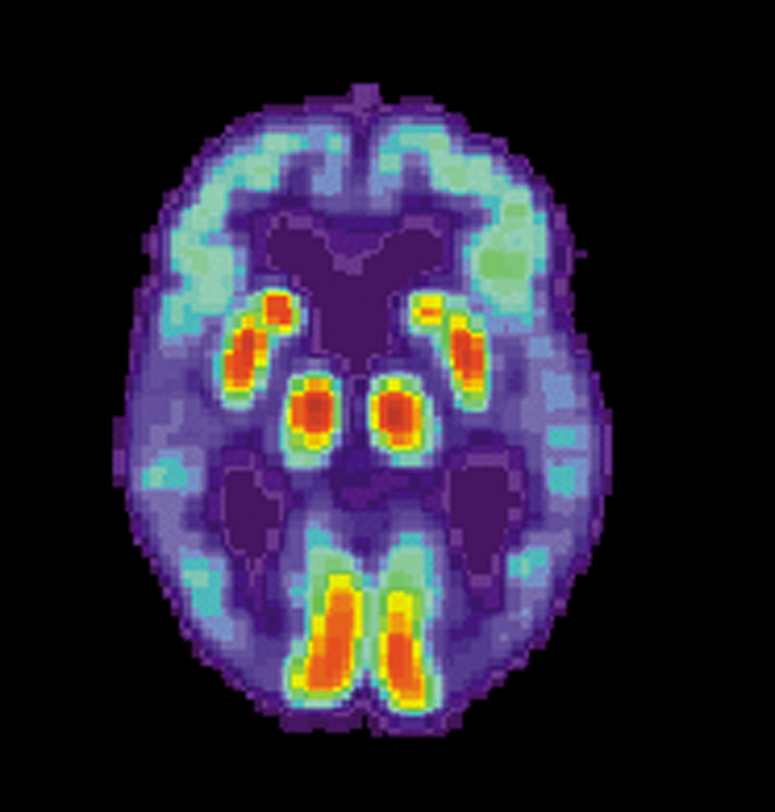
New drugs in development for Alzheimer’s disease have disappointed in recent years. Perhaps this is because the current consensus on the causes of Alzheimer’s disease is wrong? The existing approach to treating the disease follows the ‘amyloid hypothesis’ of which, I will go into more detail later.
Company | Compound | Action | Status |
Neramexane | NMDA receptor antagonist | Failed Phase III 2004 | |
Axonyx | Phenserine | beta amyloid Modulator | Failed Phase III 2005 |
Neurochem | Alzhemed(tramiprosate) | Inhibits plaque formation | Failed in 2007 |
Myriad Genetics/Lundbeck | Flurizan(tarenflurbil) | Secretase Modulator | Failed Phase III 2008 |
Elan/Pfizer/Johnson & Johnson | bapineuzumab | Anti beta amyloid antibody | Phase III Results 2012 |
Eli Lilly | solaneuzumab | secretase inhibitor | Phase III Completion due 2012 |
Roche/Morphosys | gantenerumab | Anti beta amyloid antibody | Phase II |
Prana Biotechnology | PBT2 | Inhibits oligomer formation | Phase IIb |
Source: Earnings View, Company Results
The first thing to note is the high degree of failures in Alzheimer’s drugs, this suggests that it is a difficult indication to treat and has a low probability of success for drugs in clinical trials. Perhaps this could be because most of the drugs in development follow the amyloid hypothesis?
Amyloid Hypothesis for Alzheimer’s Disease
Amyloid Precursor Proteins is an integral membrane protein which is concentrated in neuron junctions and, therefore highly present in the brain. When these proteins are engaged in proteolysis they degrade into smaller parts and, one of these parts can be a piece of beta amyloid.
The ‘Amyloid Hypothesis’ holds it that these pieces are sticky and aggregate together to form oligomers. These oligomers then go on to form sticky plaques which ultimately cause Alzheimer’s disease. They are seen as disrupting and then ultimately destroying brain cells. As outlined above, most of the therapy approaches have involved applying this hypothesis.
Alzheimer’s Drugs in Development
The failures of drugs targeting the plaques that form in the brain have been spectacular. In 2005, Axonyx reported on Phenserine in a 384 patient trial and stated that "Phenserine showed no statistically significant effect on cognition endpoint ADAS-Cog in each of these two Phase 3 trials."
Neurochem's tramiprosate was intended to be able to inhibit the growth of amyloid accumulation and therefore plaque formulation; however it failed in a 1052 patient Phase III trial in North America. The European trial was discontinued. The next high profile failure was with Myriad Genetics Flurizan. The drug was intended to inhibit an enzyme responsible for the formulation of amyloid (specifically AB42). Flurizan failed in 1684 patient trial, which was the largest Phase III trial to date. No doubt Lundbeck investors were livid, after having- only recently -bought the co-marketing rights for Europe.
Bapineuzumb Another Failure?
Bapineuzumb Another Failure?
Wyeth (Pfizer) and Elan had previously reported disappointing results in Phase II for bapineuzumab. These results suggested some efficacy in patients who didn't have the APOE4 mutation gene (about 35% of total) but no statistical significance for the remaining 65% They decided to take it into Phase III and results were due in 2010, however this timeline has been extended to 2012. This is usually a bad sign. Moreover, hopes for this trial were dealt a blow when a study released in the Lancet reported that imaging scans had revealed that bapineuzumab reduced brain plaques by 25% yet had no effect on patients cognitive ability.
The latter point, if confirmed in the trial, will cast serious doubts on the amyloid hypothesis. There is growing disagreement over whether amyloid plaques are the cause or possibly a consequence of Alzheimer's disease. New R & D into the disease could be focused on attaching the oligomers rather than the plaques.
New Therapies in Development for Alzheimer's Disease
Morphosys/Roche gantenerumab, like bapineuzumab, is an anti-amyloid antibody (in early stage trials) and this casts some doubt on its chances of success. Solanezumab is a humanized monoclonal antibody which binds to soluble amyloid beta. It was taken to phase III on the back of safety data, rather than having achieved efficacy in Phase II. Solanezumab is believed to be similar to bapineuzumab but with less toxicity issues. The latter was found to cause brain inflammation in its highest dose in Phase II.
The last of the featured drugs is Prana Biotechnology PBT2 which is entering Phase IIb trials having demonstrated efficacy in a small Phase II trial. It is intended to inhibit the formulation of oligomers. This is interesting because of its focus on oligomers rather than plaques, or plaque reduction.
According to the American Association of Retired Persons (AARP) new research by Dr Sam Gandy is suggesting that the symptoms of Alzheimer's are caused by the oligomers and not the plaques. This conclusion would be consistent with the Lancet published research on bapinezeumab. However, if true, it would cast serious doubt those drugs that are focused on plaque.
Source:
AARP "Alzheimer's A New Theory" AARP Bulletin, September 2010
Lancet Neurology "C-PiB PET assessment of change in fibrillar amyloid beta load in patients with Alzheimer's disease treated with bapineuzumab" Lancet Neurology, Volume 9, Issue 4, Pages 363-372, April 2010
No comments:
Post a Comment